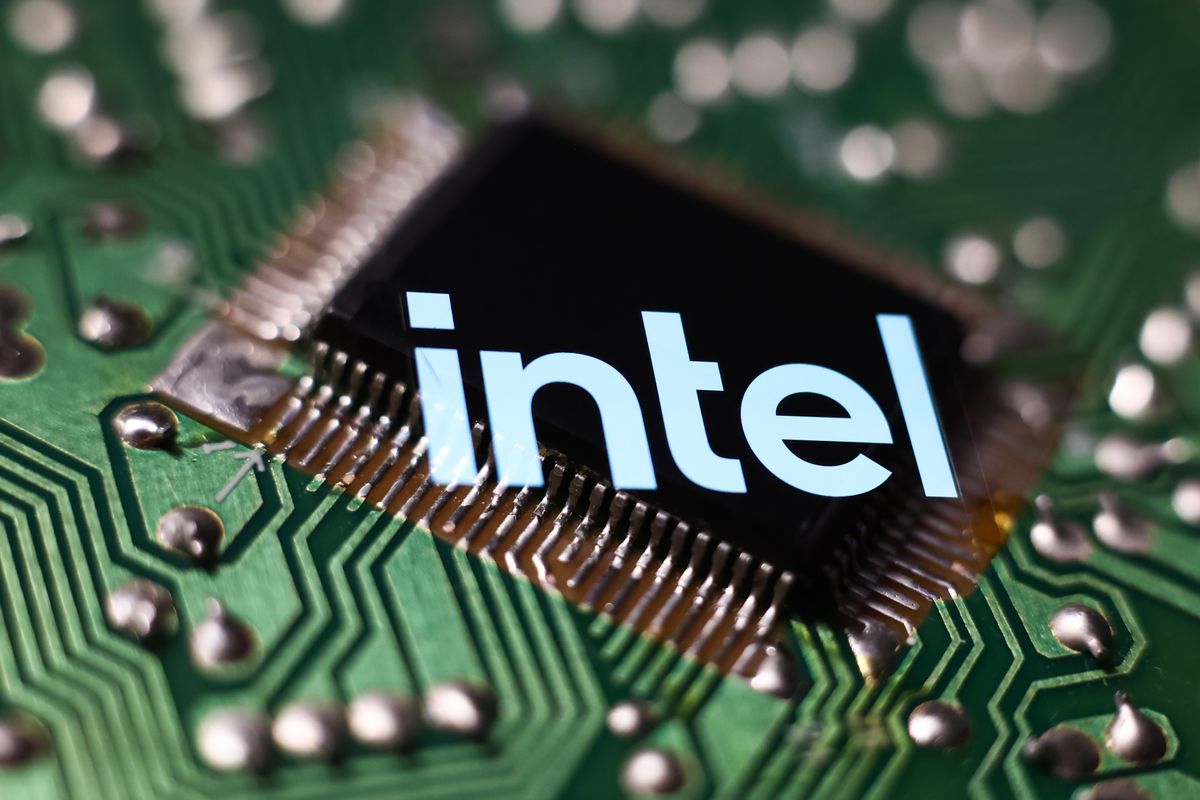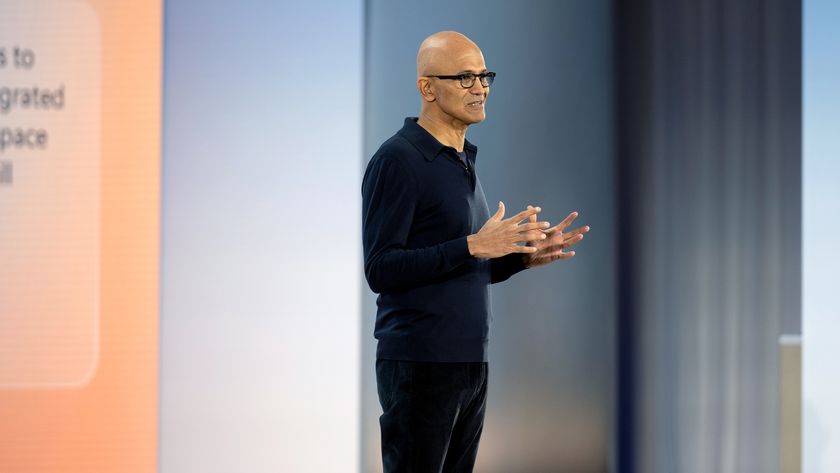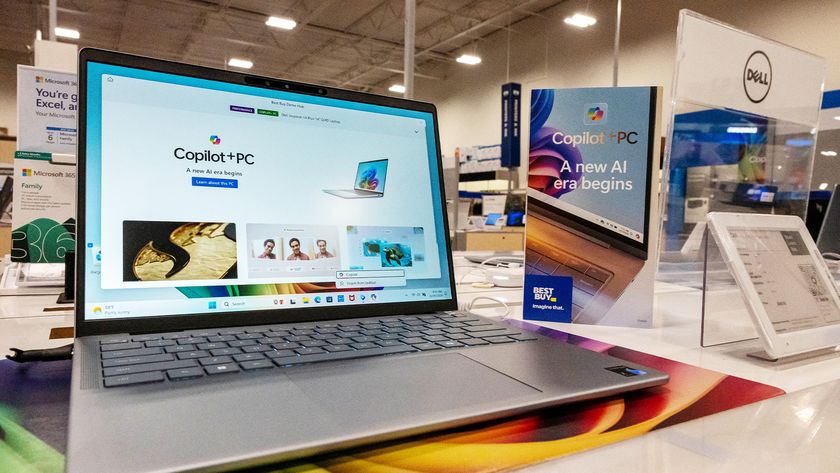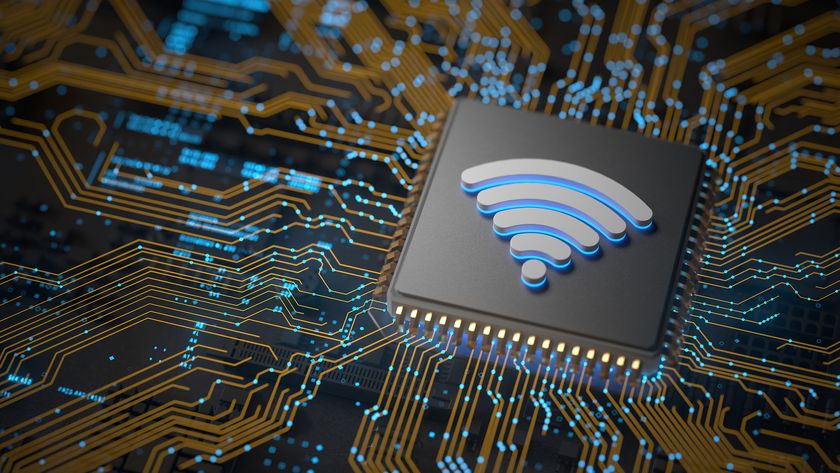Why is ASUS reviving Intel’s NUC mini-PC line?
The diminutive PC is to rise again while analysts look for the business case

After its discontinuation in July, ASUS has announced plans to take the Intel NUC product line forward.
While the move will be welcomed by fans of the mini-PC, analysts are considering the motivations behind the agreement and the business case driving it.
Ranjit Atwal, research director at Gartner, told ITPro that ASUS could have an existing contract in place and needed the NUC to fulfil its needs.
“There’s got to be some business benefit from this,” he said.
“I can only imagine that they’ve sold [some] already and they need to fulfill them for something very specific”.
Intel and ASUS have agreed a term sheet to take the NUC forward to manufacture, sell, and support the 10th to 13th Gen NUC product line and develop future designs.
Sam Gao, Intel’s vice president and general manager of Intel Client Platform Solutions, noted that the company was pivoting its strategy “to enable ecosystem partners to continue NUC systems product innovation and growth”.
Get the ITPro. daily newsletter
Sign up today and you will receive a free copy of our Focus Report 2025 - the leading guidance on AI, cybersecurity and other IT challenges as per 700+ senior executives

Sustainable devices for positive impact
Helping your organization operate efficiently and effectively.
The result is a deal for ASUS to take over the NUC line. Gao went on: “I am looking forward to ASUS continuing to deliver exceptional products and supporting our NUC systems customers”.
ASUS’s chief operating officer, Joe Hsieh, thanked Intel and said the plan was to expand ASUS’s presence in areas such as AI and AIoT.
The NUC mini-PC is too powerful for IoT solutions that tend to use microcontrollers or low-power chipsets - for example, the Raspberry Pi - and Atwal said that ASUS was likely considering something between edge hardware and a fully-fledged compute device.
What is the Intel NUC?
The NUC - or Next Unit of Computing - was launched just over ten years ago by Intel and has evolved over the years alongside Intel’s CPUs.
The small form-factor PC tends to be around 10cm x 10cm, although the dimensions have changed slightly over different generations.
The NUC could be purchased as a barebones kit or as a complete PC - Intel tried several configurations over the years, from something suitable to be dropped into an office environment to powerful options that could form the basis of gaming rigs.
Ultimately, the device carved itself a niche among users seeking the tiniest PC possible. It also faced stiff competition from alternatives such as the Apple Mac Mini as well as an ongoing trend toward mobile computing.
It clearly wasn’t a huge success for Intel. Atwal said: “The fact they’re winding it up tells you everything”.

Richard Speed is an expert in databases, DevOps and IT regulations and governance. He was previously a Staff Writer for ITPro, CloudPro and ChannelPro, before going freelance. He first joined Future in 2023 having worked as a reporter for The Register. He has also attended numerous domestic and international events, including Microsoft's Build and Ignite conferences and both US and EU KubeCons.
Prior to joining The Register, he spent a number of years working in IT in the pharmaceutical and financial sectors.















